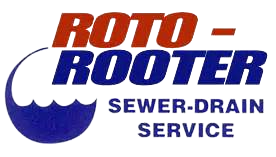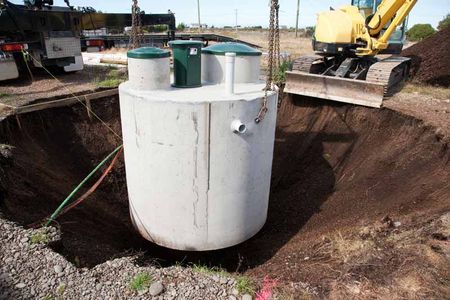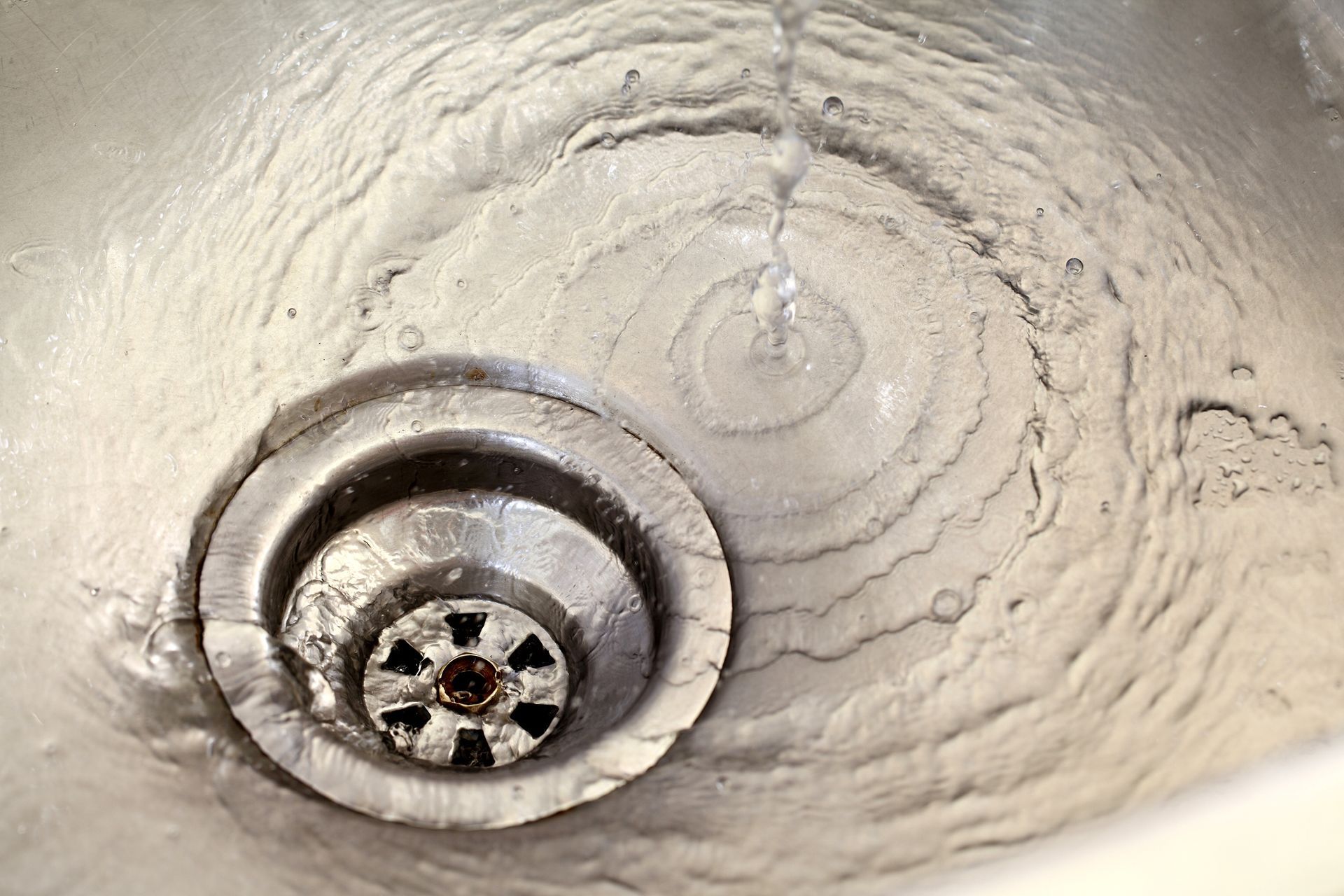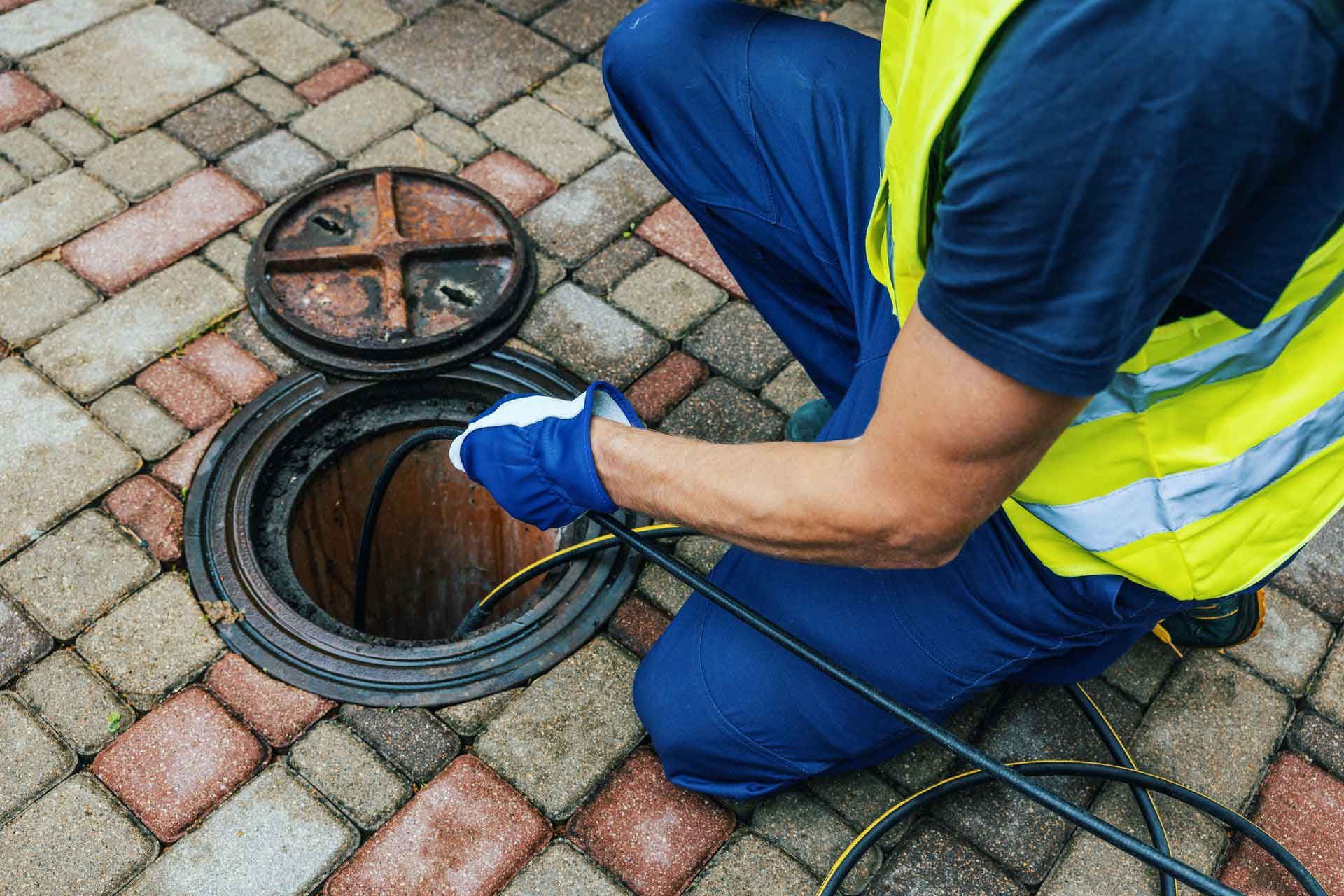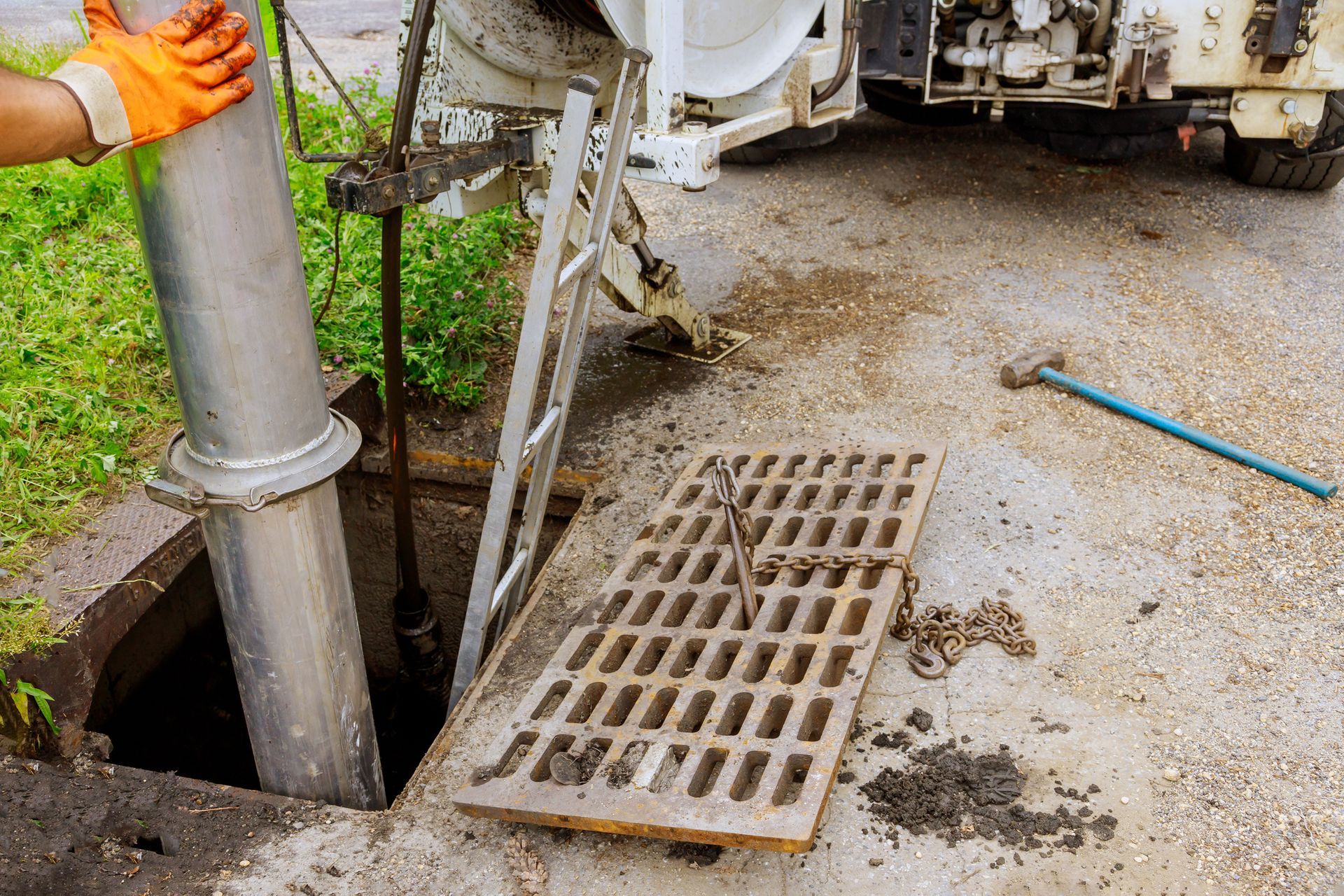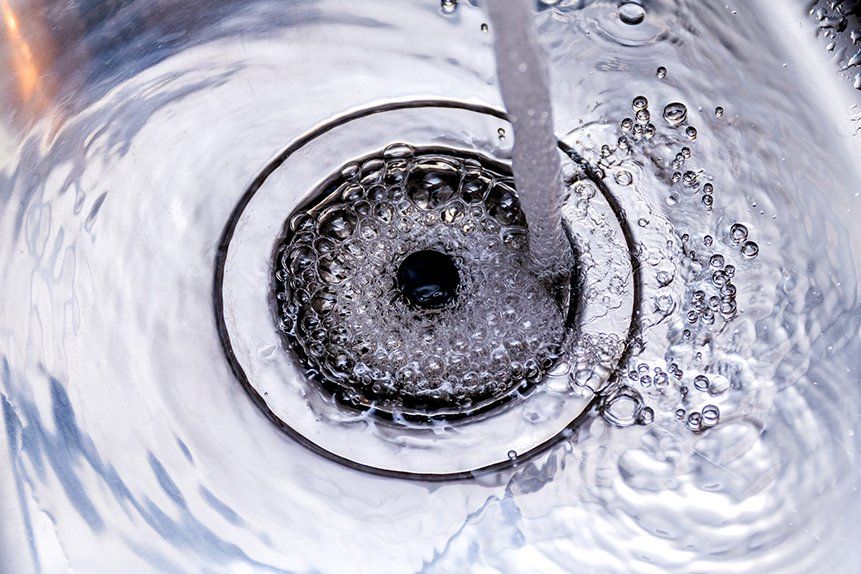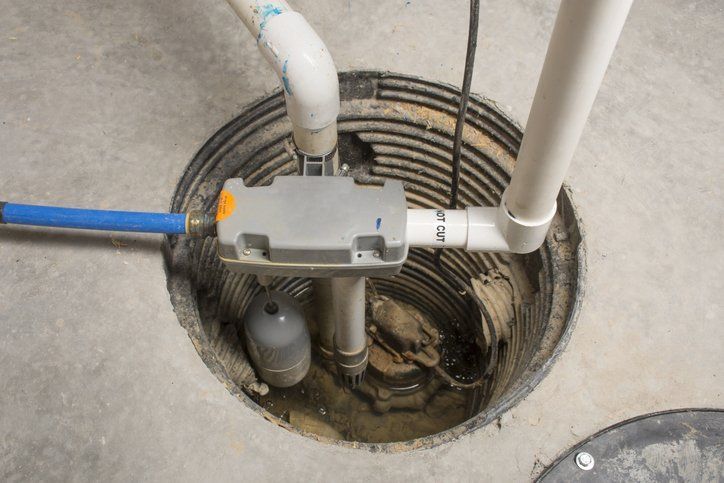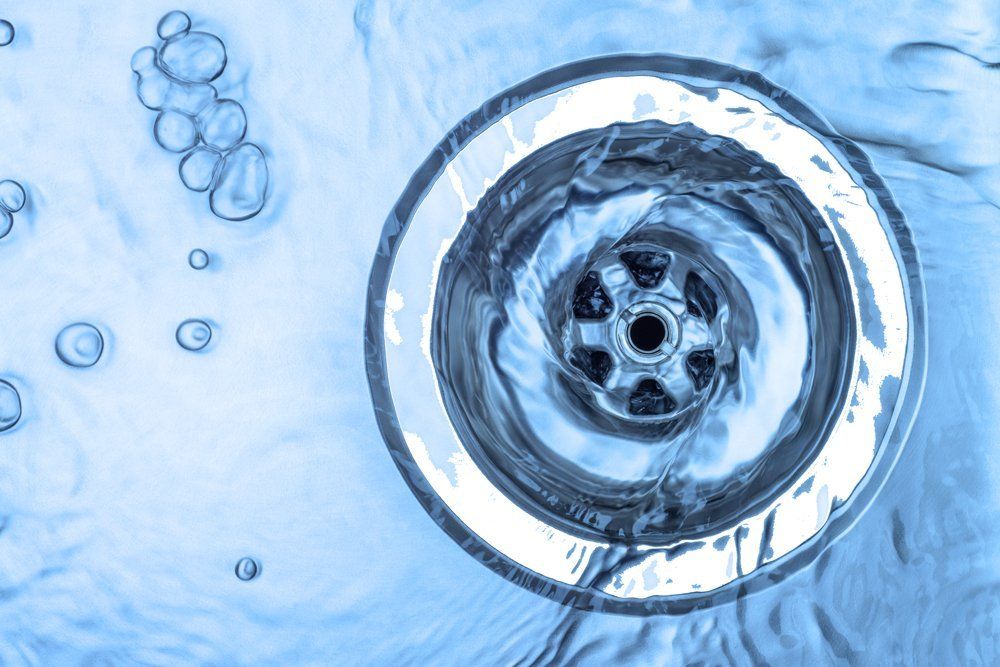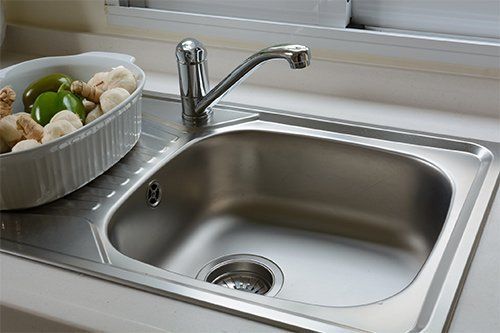Why Does Sewage Keep Backing Up Into Your Drains?
December 20, 2017
If your home is connected to the public sewer system and sewage keeps backing up into your drains, this is not a problem you should ignore. Often, sewage backups and slow drains throughout the home are caused by blockages in your main sewer line. These blockages will not clear on their own, so you need to figure out the cause of the blockage and then take action to clear it. Here's a closer look.
What Causes Main Sewer Line Blockages?
Your main sewer line is usually found in your front yard, running perpendicular to the street. If you park in this area, the weight of a heavy vehicle may crush the sewer line, restricting the area through which water and waste can flow.
However, a more common cause of sewer line blockages is tree roots growing into the line. The roots are attracted to the moisture and nutrition inside the pipe, and they work their way in through tiny cracks. As they grow, they cause the cracks to expand, which makes it easier for additional roots to enter.
Items you flush down the toilet can make root-based sewer line blockages even worse. Wet wipes, feminine hygiene products, and paper towels get stuck in the roots, eventually creating a solid mass that prevents water and waste from flowing down the pipe.
How Can You Figure out What's Blocking Your Sewer Line?
The easiest way to figure out what's blocking your main sewer line is to hire a sewer company to conduct a video inspection. They can send a camera down into the line and take footage of the inside of the pipe. From this footage, they can tell whether tree roots, a crushed pipe, or other debris accumulation is causing your issues. They can also determine the extent of the problem, which allows them to make educated recommendations for repairs.
What Can Your Plumber Do About a Sewer Line Blockage?
If the pipe has been crushed under pressure, you will probably need to have it replaced. Your plumber can dig up the old sewer line, cut out the damaged section, and insert a new section of pipe.
When tree roots are to blame for the blockage, you can often get away without having the entire line replaced. Your plumber may start by using a high-pressure water jetting system to remove roots and other debris from the inside of the pipe. Pressurized water whisks down the pipe, scouring the pipe clean. Usually, this can be done through a sewer access pipe, so your plumber won't have to dig up your front lawn.
After the roots are removed, you can pour a copper sulfate solution down your toilet. The copper sulfate is an effective herbicide and helps keep the roots from growing back. Repeat this process every spring and fall for ongoing maintenance. Also, avoid planting any new trees near the sewer line.
If you continue to have trouble with tree roots, you may need to have the pipe dug up and replaced. Sometimes, plumbers may be able to line the current pipe with a special fabric and cement to keep roots from penetrating.
Make sure you avoid flushing anything other than toilet paper down the toilet. If toilet paper gets caught on tree roots, it will soon break down and rinse away. However, other cotton and fabric products break down more slowly, and therefore they can cause stubborn clogs if they get caught on small tree roots.
Never ignore repeated sewage backups into your drains and toilets. A blocked sewer line is a serious problem, and it needs to be addressed by a professional plumbing team. Contact Roto-Rooter
if you are looking for a sewer service in the Meridian area. We offer video sewer inspections, water jetting services, and more.
